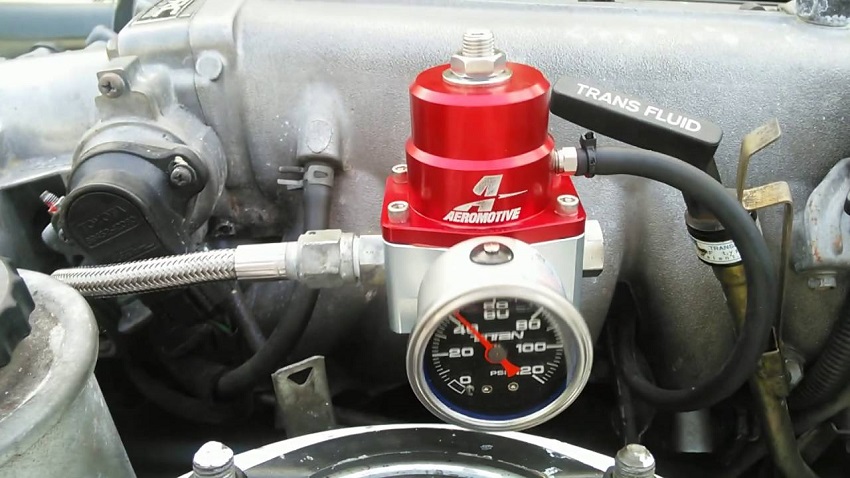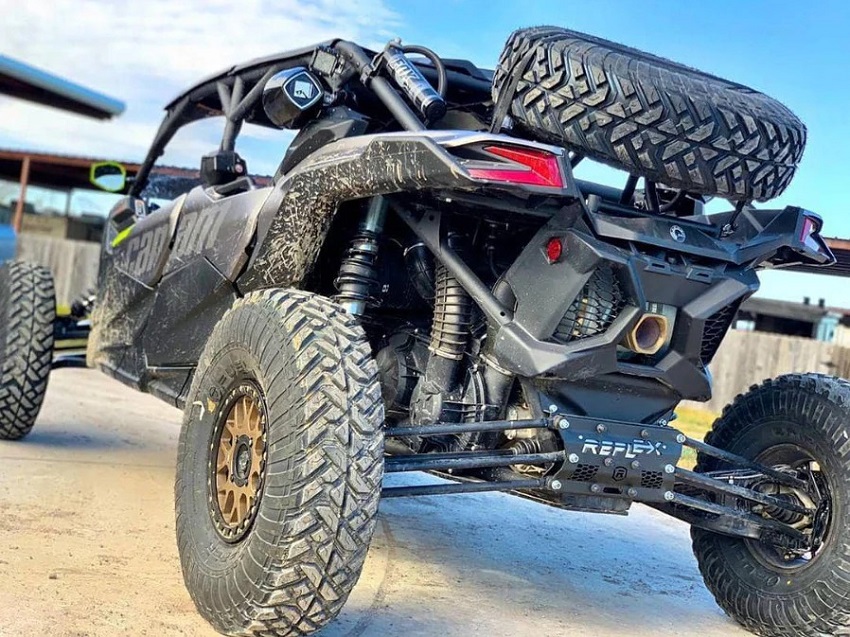If you’re a car owner, you know how important it is for your vehicle’s engine to function smoothly. The fuel system plays a crucial role in ensuring optimal engine performance, and the fuel pressure regulator is a key component. However, the fuel pressure regulator can encounter issues over time like any mechanical part. One common problem is a stuck fuel pressure regulator, which can lead to various symptoms affecting your vehicle’s performance. In this article, we will explore what a fuel pressure regulator is, how it works, and delve into the symptoms of a stuck fuel pressure regulator. We will also provide examples of popular brands/models and incorporate research data to shed light on this topic. This article is provided by tenkaichiban.com
What is a Fuel Pressure Regulator?
Before we delve into the symptoms, let’s first understand what a fuel pressure regulator is and how it functions. The fuel pressure regulator is a vital component of the fuel delivery system in internal combustion engines. Its primary function is maintaining consistent and optimal fuel pressure on the fuel injectors, ensuring the engine receives the right fuel for proper combustion.
In most modern vehicles, the fuel pressure regulator is a small, round device with a vacuum hose connected to it. This vacuum hose helps regulate the fuel pressure based on the engine’s demands and intake manifold pressure. When everything works correctly, the fuel pressure regulator keeps the fuel pressure within the manufacturer’s specified range. However, if you ever experience a situation where the fuel pressure regulator gets stuck, you might be wondering how to unstick it. Don’t worry, with some basic tools and a little bit of know-how, you can easily discover how to unstick a fuel pressure regulator and get your vehicle back on the road.
How Does a Fuel Pressure Regulator Work?
To understand the symptoms of a stuck fuel pressure regulator, it’s essential to know how it operates. When the engine runs, the fuel pump continuously pumps fuel from the tank to the fuel rail, where the fuel pressure regulator is located. The regulator then monitors the pressure and adjusts the fuel pressure by increasing or decreasing the fuel flow based on the vacuum signal.
When the fuel pressure regulator becomes stuck, it can cause various issues, affecting your vehicle’s performance and efficiency.
Symptoms of a Stuck Fuel Pressure Regulator
- Rough Idling: One of the early signs of a stuck fuel pressure regulator is rough idling. You may notice that your engine is running unevenly when the vehicle is stationary. Engine vibrations and irregular RPM fluctuations often characterize this roughness.
- Black Smoke from Exhaust: A faulty fuel pressure regulator can cause excessive fuel to be delivered to the engine, leading to incomplete combustion. This, in turn, can result in black smoke from the exhaust pipe, indicating an inefficient burn.
- Poor Fuel Efficiency: A stuck fuel pressure regulator can disrupt the fuel-to-air ratio, increasing fuel consumption. If you visit the gas station more frequently than usual, it could be a symptom of a stuck regulator.
- Delayed Engine Start: When the fuel pressure regulator is stuck in a closed position, it may delay the engine’s starting time. You may need to crank the engine longer before it starts, which can be a frustrating experience.
- Engine Misfire: A misfire occurs when one or more cylinders fail to ignite properly. A stuck fuel pressure regulator can cause inconsistent fuel delivery, leading to engine misfires and a loss of power during acceleration.
- Fuel Smell: A strong smell of gasoline inside or around your vehicle could indicate a fuel leak caused by a faulty fuel pressure regulator.
- Check Engine Light: A stuck fuel pressure regulator can trigger the check engine light on your dashboard. Modern vehicles are equipped with onboard diagnostics (OBD) that detect irregularities in the engine system, including fuel pressure issues.
- Poor Acceleration: If you notice a sluggish response when pressing the gas pedal, it could be due to the fuel pressure not being optimized correctly, resulting in poor acceleration.
- Engine Stalling: In severe cases, a stuck fuel pressure regulator can lead to engine stalling, causing sudden and unexpected shutdowns while driving.
- Failed Emissions Test: A malfunctioning fuel pressure regulator can increase emissions, causing your vehicle to fail emissions tests.
Popular Brands and Models of Fuel Pressure Regulators
Here are some popular brands and models of fuel pressure regulators:
- Aeromotive Fuel Pressure Regulators:
- Aeromotive A1000 Adjustable Fuel Pressure Regulator
- Aeromotive 13109 EFI Bypass Regulator
- Holley Fuel Pressure Regulators:
- Holley 12-804 Fuel Pressure Regulator
- Holley 12-880 Billet Adjustable Fuel Pressure Regulator
- AEM Fuel Pressure Regulators:
- AEM 25-303BK Adjustable Fuel Pressure Regulator
- AEM 25-302BK High Volume Adjustable Fuel Pressure Regulator
- Fuelab Fuel Pressure Regulators:
- Fuelab 515 Series Fuel Pressure Regulator
- Fuelab 51502-1 Universal EFI Adjustable Bypass Regulator
- Bosch Fuel Pressure Regulators:
- Bosch 0280160557 Fuel Pressure Regulator
- Bosch 0280160575 Universal Adjustable Fuel Pressure Regulator
- Aeroflow Performance Fuel Pressure Regulators:
- Aeroflow AF49-1005 Adjustable EFI Fuel Pressure Regulator
- Aeroflow AF49-2005BLK Black Adjustable Fuel Pressure Regulator
- Delphi Fuel Pressure Regulators:
- Delphi FP10021 Fuel Pressure Regulator
- Delphi FJ10062 Fuel Pressure Regulator
Please remember that when purchasing a fuel pressure regulator, it’s essential to ensure compatibility with your specific vehicle’s make and model.
In conclusion, a stuck fuel pressure regulator can adversely affect your vehicle’s performance and efficiency. If you notice any of the symptoms mentioned above, it’s crucial to have your vehicle inspected by a qualified mechanic to diagnose and resolve the issue promptly. Regular maintenance and periodic fuel system checks can help prevent such problems and ensure a smooth driving experience.
FAQs
- Can I drive my car with a stuck fuel pressure regulator?
Driving your car with a stuck fuel pressure regulator is not recommended as it can lead to further damage and safety hazards. It’s best to have the issue addressed by a professional before using your vehicle.
- How much does it cost to replace a fuel pressure regulator?
The cost of replacing a fuel pressure regulator can vary depending on your vehicle’s make and model and the labor costs in your area. On average, it can range from $150 to $350.
- Are there any DIY methods to fix a stuck fuel pressure regulator?
Attempting a DIY fix on a fuel pressure regulator is not advisable, as it requires specialized knowledge and tools. It’s better to leave the task to a trained mechanic to avoid further complications.
- What causes a fuel pressure regulator to get stuck?
The primary cause of a stuck fuel pressure regulator is usually debris or deposits that accumulate over time, preventing the regulator from functioning correctly.
- Can a faulty fuel pressure regulator affect engine performance?
A faulty fuel pressure regulator can significantly impact engine performance, leading to issues such as rough idling, poor acceleration, and engine misfires.





